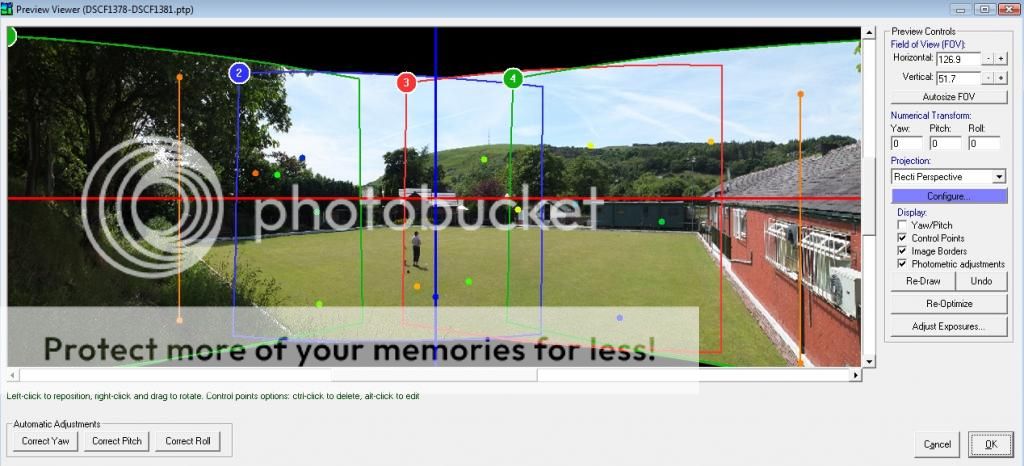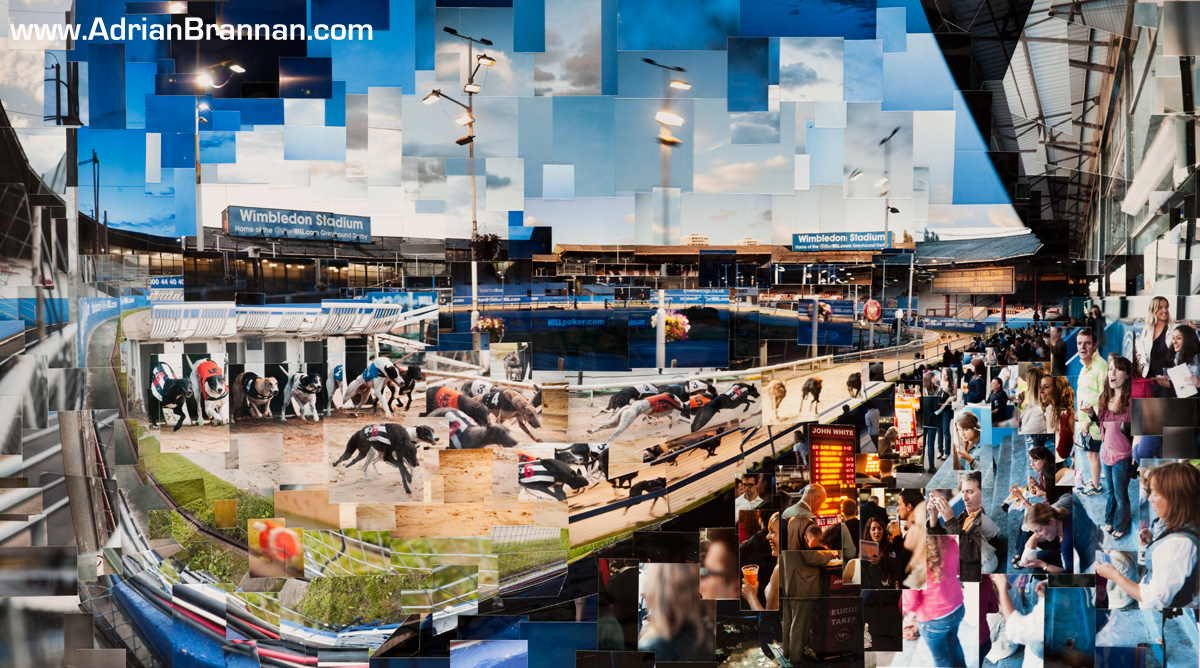- Messages
- 11,756
- Name
- David
- Edit My Images
- No
Off work.. bit bored. I took some shots of my knackered greenhouse at the end of my garden earlier to do some lens tests for someone in the equipment forum, and while I was about it, I took a Brenizer stitch just to see how much quality I could squeeze out of an image.
At 800 pixels, apart from the shallower depth of field there's not much difference between them, obviously.
Nikkor 70-300 set to 100mm @ f8 single shot from D800E
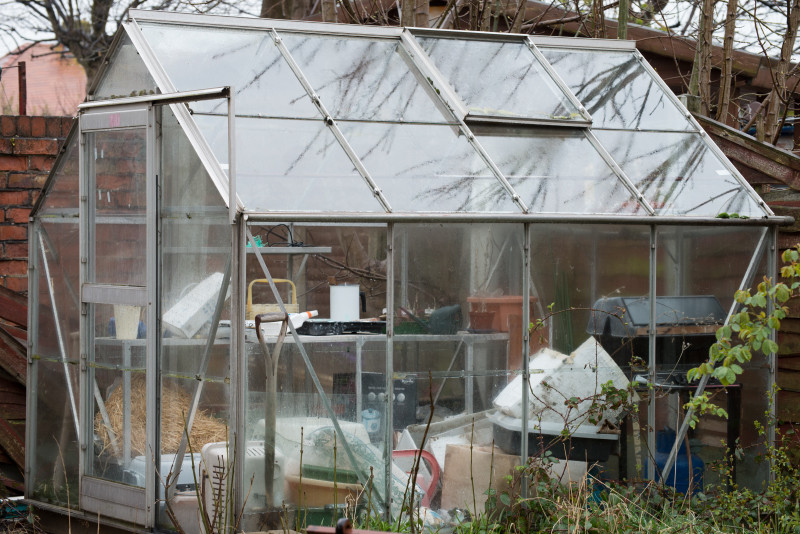
Nikkor 70-300 set to 300mm @f8 with a 40 image stitch
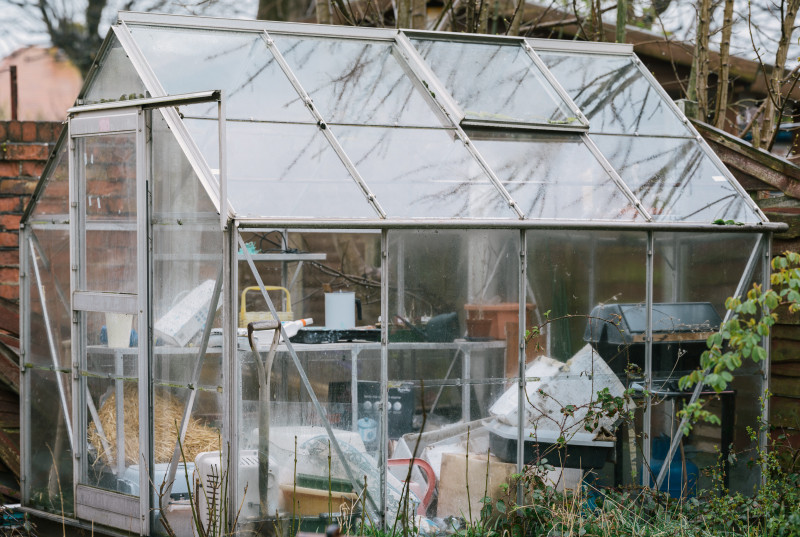
Cropped into this area....
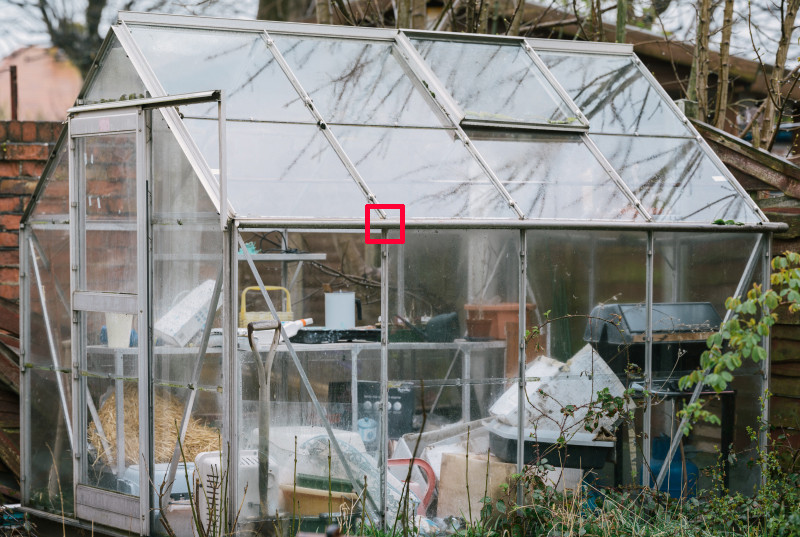
...results in this....
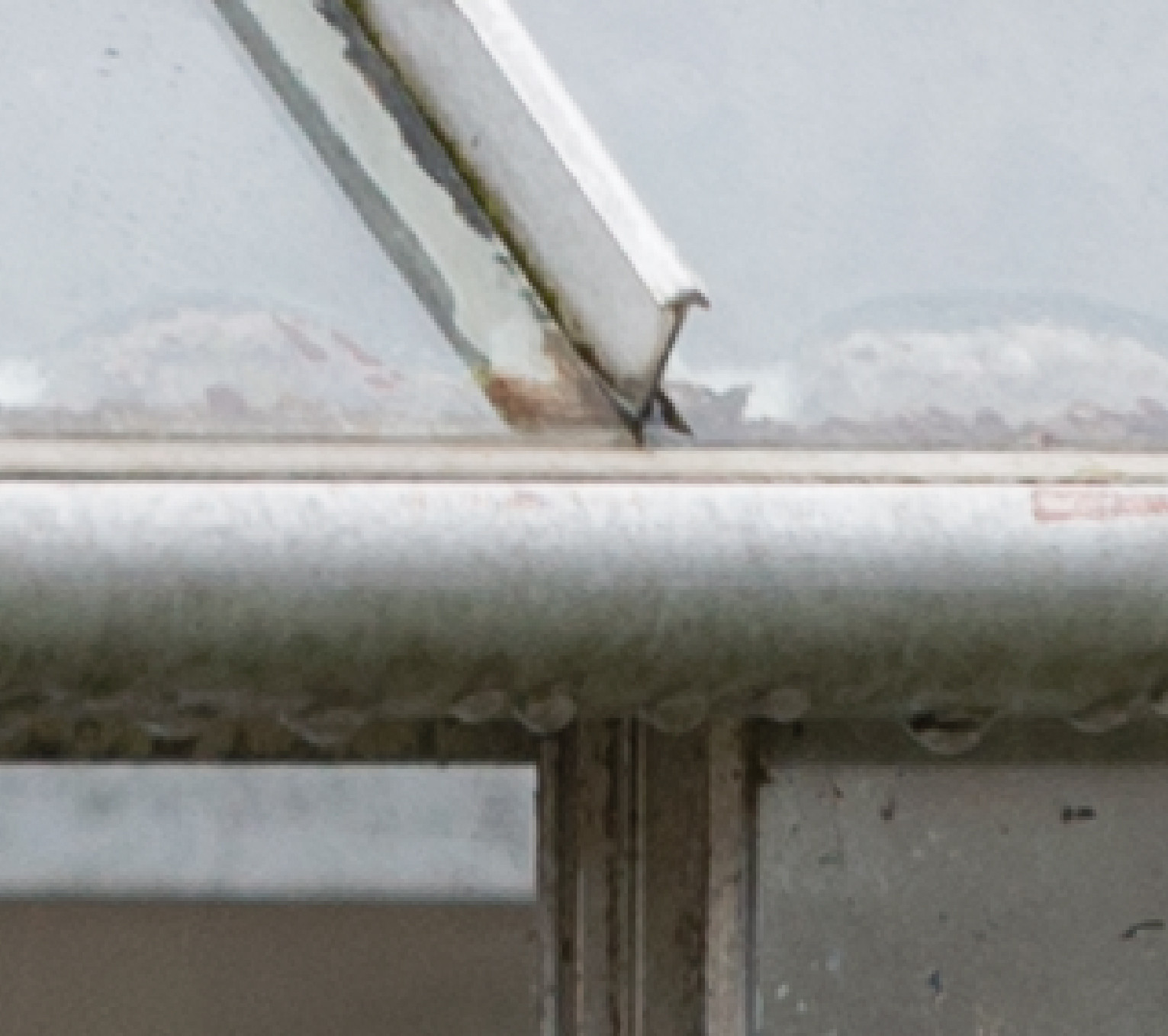
Pretty impressive. It's a D800E after all.
However... a 40 image stitch with the same lens set at 300mm.. Same crop....
Boom!
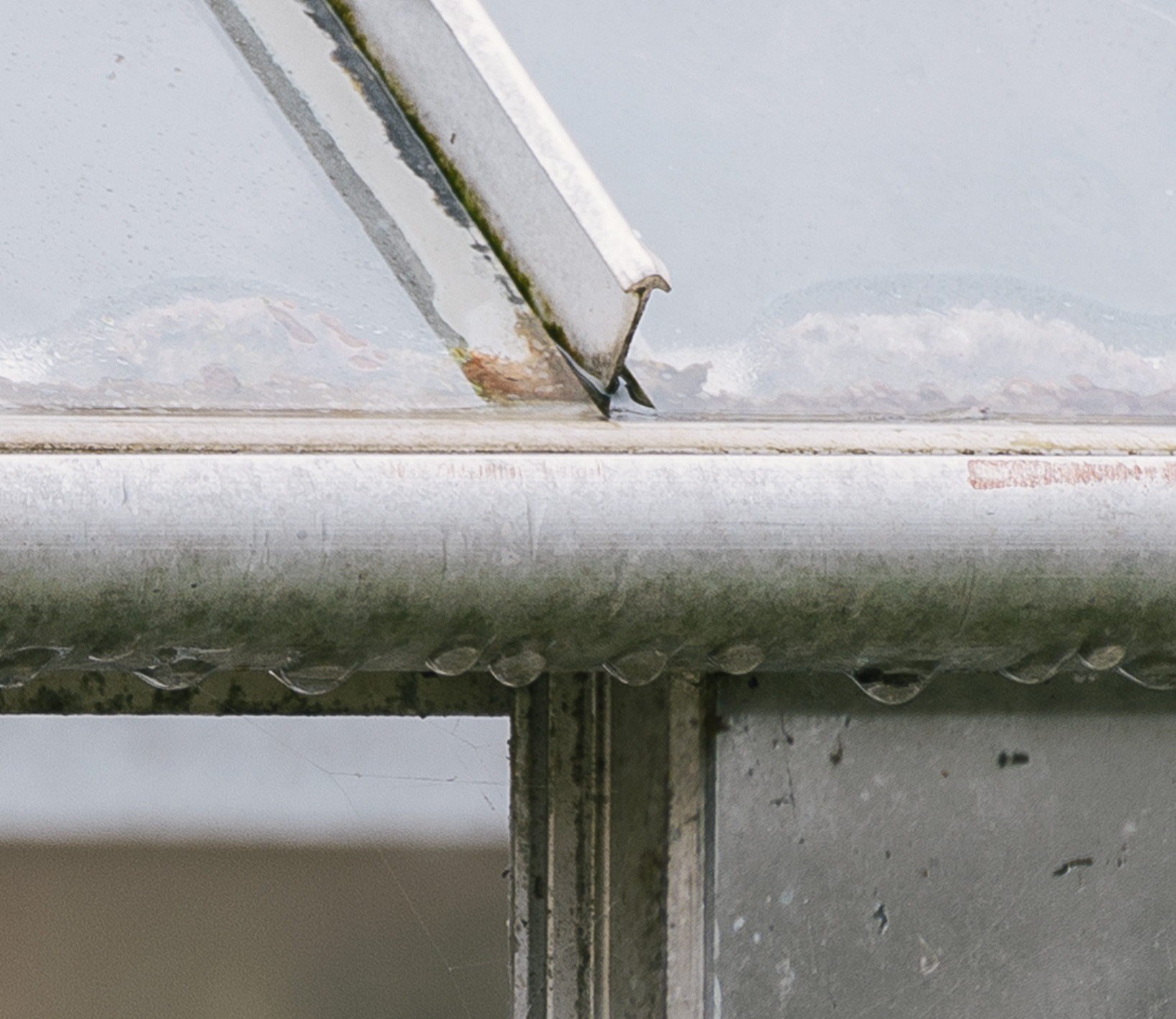
Pretty incredible. It prints at 6 metres across with perfect sharpness and no aliasing.. LOL
The drawbacks? It took 15 minutes for PS to merge the files on a 6 core 4.7GHz machine with 32GB of RAM, and resulted in a 4GB 16bit TIFF
Still... it passed some time and was interesting.
At 800 pixels, apart from the shallower depth of field there's not much difference between them, obviously.
Nikkor 70-300 set to 100mm @ f8 single shot from D800E

Nikkor 70-300 set to 300mm @f8 with a 40 image stitch

Cropped into this area....

...results in this....

Pretty impressive. It's a D800E after all.
However... a 40 image stitch with the same lens set at 300mm.. Same crop....
Boom!

Pretty incredible. It prints at 6 metres across with perfect sharpness and no aliasing.. LOL
The drawbacks? It took 15 minutes for PS to merge the files on a 6 core 4.7GHz machine with 32GB of RAM, and resulted in a 4GB 16bit TIFF
Still... it passed some time and was interesting.


